Most-Favored-Nation (MFN) tariffs are standard import duties that apply equally to all trading partners under the World Trade Organization (WTO), unless there’s a special agreement in place. If you manage international shipping or logistics, these tariffs quietly influence everything from pricing to customs clearance. In fact, over 80% of global merchandise trade takes place under MFN terms. They act as a steady, behind-the-scenes driver of global commerce.
In this blog, we’ll break down what MFN tariffs are, how they compare to other tariff types, and why they matter in global trade. We’ll also share real-world examples to help you make smarter, more strategic decisions.
What is an MFN Tariff?
Most-Favored-Nation tariffs are the standard tariff rates that a member of the WTO applies to imports from other WTO member countries. Essentially, it means that a country must charge the same lowest tariff rate to all its trading partners that have MFN status, unless there’s a special preferential trade agreement in place. This ensures fair and equal treatment by applying the lowest possible tariff to all eligible countries.
According to the WTO, the average applied MFN tariff globally is around 8.8%, varying by country and product type. These tariffs help create a predictable and transparent trading environment, which is essential for businesses involved in cross-border trade. By providing a consistent baseline tariff, MFN tariffs reduce trade disputes and enable companies to better plan their logistics, pricing, and market entry strategies, ultimately supporting smoother international commerce.
Why is It Important?
MFN tariffs play a foundational role in shaping a fair and transparent global trade environment. Here’s why they matter:
- Reduce Trade Conflicts: By discouraging arbitrary tariff hikes, MFN rules help prevent retaliatory trade wars.
- Increase Transparency: Clearly published MFN rates make global trade rules easier to understand and follow.
- Ensure Fair Competition: All WTO members get equal treatment, preventing favoritism and promoting healthy competition.
- Support Global Integration: MFN access allows developing countries to participate more fully in international markets.
- Simplify Trade Planning: Predictable tariff rates help businesses plan cross-border operations with confidence.
Now that you know the basics of MFN tariffs, let’s compare them with other major tariff types.
MFN Tariffs vs. Other Tariff Types
Governments use various types of tariffs to regulate imports and exports. Understanding how Most Favored Nation (MFN) tariffs compare to Bound Tariffs (BND) and Preferential Tariffs is essential for navigating international trade effectively.
1. Most Favored Nation (MFN) Tariffs
Most-Favored-Nation (MFN) tariffs are the baseline rates that WTO members agree to apply to imports from other member countries, unless a special trade agreement, like a free trade area or customs union, provides a lower rate. In practice, MFN tariffs tend to be the highest rates charged between WTO members.
Some countries set even higher tariffs for non-WTO members. In rare cases, WTO members use the “Non-Application Clause” to withhold MFN treatment from specific countries.
2. Bound Tariffs (BND)
Bound tariffs are maximum tariff limits that WTO member countries commit to for specific products. These limits are agreed upon during WTO accession or trade negotiations, but they don’t always reflect the tariffs actually applied.
Members can set their applied tariffs anywhere below or up to their bound rates, as long as they treat all WTO members equally. If a country raises tariffs above its bound level, other members can challenge this through dispute settlement or seek compensation, such as higher tariffs on their own exports. Simply put, applied tariffs must never exceed the agreed bound tariffs.
3. Preferential Tariffs
Nearly every country is part of at least one preferential trade agreement, offering lower tariffs than the standard MFN rates. In customs unions like the European Community or free trade areas like NAFTA, tariffs often drop to zero between members. These agreements are reciprocal, but the level of tariff cuts can vary.
Wealthier countries also grant unilateral tariff breaks to developing nations through programs like the Generalized System of Preferences (GSP). For example, the EU’s “Everything But Arms” program lets the poorest countries export almost all goods duty-free. Exporters may qualify for multiple such programs, maximizing their tariff savings.
These distinct tariff types shape how countries trade with each other, influencing business strategies, pricing, and market opportunities worldwide.
Impact of MFN Tariffs on Global Trade
Developing economies, especially in East and South Asia, drove global trade growth with a 4% rise in both imports and exports. In contrast, developed economies saw stagnant trade, ending the year flat with a 2% decline in the fourth quarter.
In addition, developing nations face high import duties on key exports, with agricultural products taxed nearly 20% under MFN treatment and textiles and apparel facing average duties of about 6%, limiting their global competitiveness.
Moreover, establishing a standard, predictable tariff rate for all countries with MFN status reduces the risk of trade disputes and promotes smoother international transactions. Here’s how MFN tariffs impact global trade.
- Economic Costs and Supply Chain Disruptions: While MFN tariffs promote fairness, high rates can increase costs for businesses and consumers, slowing growth and competitiveness. Recent tariff hikes have raised the average effective tariff rate (AETR) in the U.S., especially impacting industries like fabricated metals, electronics, apparel, and furniture, disrupting supply chains and pushing up prices.
- Encourages Preferential Agreements: Countries negotiate FTAs or customs unions to get lower tariffs than MFN rates. This can lead to trade diversion, with businesses shifting sourcing or investments to FTA partners, sometimes distorting trade patterns.
- Consumer Impact: The MFN principle helps keep prices low and ensures consumers have access to a wide range of products. When MFN commitments weaken, prices rise, product choices shrink, and economic instability grows due to increased trade barriers and less competition.
- Reducing Trade Wars: The MFN principle minimizes the risk of trade wars by discouraging countries from imposing retaliatory tariffs on each other. This stability in tariff rates encourages growth in international trade.
- Limits Tariff Escalation and Retaliation: The MFN system reduces the risk of trade wars by discouraging unilateral or retaliatory tariff increases. When the MFN principle is ignored in favor of reciprocal or punitive tariffs, it can trigger a chain reaction of escalating trade barriers, undermining the multilateral trading system and creating uncertainty for businesses and investors.
- Reduces Discrimination and Encourages Trade: By mandating equal tariff treatment, MFN tariffs prevent countries from favoring some trading partners over others, thus fostering fair competition and expanding market access. This helps integrate developing economies into global trade, as they are assured the same tariff treatment as more established economies.
These impacts highlight the crucial role MFN tariffs play in maintaining a balanced and predictable global trading environment.
Real-World Examples of MFN Tariffs
MFN tariffs help ensure equal treatment among trading nations, creating a more predictable trade environment. These real-world examples show how the policy influences international commerce and market access.
Example 1: EU on Automobiles
The European Union imposes a 10% MFN tariff on imported passenger cars. A U.S. car exporter shipping to Germany would pay this tariff unless a special trade agreement (e.g., a future U.S.-EU deal) changes the rate. Meanwhile, a South Korean car manufacturer benefits from the EU-South Korea FTA, which eliminates the tariff entirely.
Example 2: Canada’s MFN Tariff on Butter
Canada applies MFN tariff of 11.38¢ per kilogram on imported butter under HS Code 0405.10. This rate is levied on imports from WTO member countries that do not have a free trade agreement with Canada. Conversely, under the Comprehensive Economic and Trade Agreement (CETA) between Canada and the European Union, a specific quota allows a certain volume of EU butter to enter Canada at a significantly reduced tariff rate, enhancing market access for EU producers.
Correct product classification is essential for applying the right tariffs, which makes understanding HS codes vital. With Intoglo’s AI-powered HS Code Scanner, you can quickly find the correct HS code for your goods, helping ensure accurate tariff calculation and smooth customs clearance.
Effective Strategies for Managing MFN Tariffs
Understanding MFN tariffs and how they impact your shipments is crucial, but how do you ensure that your shipments move smoothly without unexpected costs? Here are a few tips.
- Stay Updated on Trade Agreements: The world of trade agreements is constantly evolving. Make sure you’re up-to-date with the latest information on MFN status and any preferential agreements that may apply to your shipments.
- Ensure Correct HS Code Classification: Accurate product classification under the harmonized system helps avoid overpaying duties and prevents customs clearance issues.
- Verify MFN Tariffs in Advance: Refer to official customs tariff databases to determine the applicable Most-Favored-Nation duty rates before importing.
- Check for FTA Benefits: If the exporting country has a trade agreement with your region, you might be eligible for reduced or zero import duties.
- Partner with the Right Logistics Provider: Working with a reliable logistics partner, like Intoglo – a cross-border digital freight forwarding platform that provides end-to-end logistics solutions. We offer tech-enabled logistics, ensuring that your shipments are optimized for both cost-effectiveness and compliance.
Conclusion
MFN tariffs ensure equal treatment for imports from WTO member countries, but understanding and applying them correctly can be challenging. Many businesses face issues like selecting the wrong duty rates, overlooking FTA benefits, or misclassifying goods. This often leads to unexpected costs, compliance penalties, and shipment delays. To prevent these setbacks, importers need accurate tariff data, proper HS code classification, and reliable logistics support. That’s where a reliable partner like Intoglo makes all the difference.
With our specialized services, such as door-to-door FCL Shipping, automated HTS code scanning, and real-time shipment visibility, Intoglo helps you move goods across borders efficiently. Whether you’re working within MFN tariff structures or leveraging preferential agreements, Intoglo ensures your freight is handled with speed, accuracy, and full compliance.
Start shipping with Intoglo today and experience transparent pricing, no hidden fees, and hassle-free customs clearance from India to the USA. Get a free quote now and ensure your shipments remain fully tariff-compliant from beginning to end.
FAQs
1. What is MFN pricing?
The MFN target price is defined as the lowest price found in an OECD country whose GDP per capita is at least 60% of that of the United States.
2. How are MFN tariffs different from general import duties?
MFN tariffs are agreed-upon rates under WTO rules, applied uniformly to all countries with MFN status. General import duties, however, can vary by country and product, and may include additional taxes or penalties. MFN rates help reduce trade disputes by offering transparency and predictability.
3. Are MFN tariffs the same as preferential tariffs?
No, MFN tariffs are applied equally to all countries with MFN status, while preferential tariffs are specific to countries or regions with trade agreements like Free Trade Agreements (FTAs). Preferential tariffs often result in lower duties, but MFN tariffs represent the baseline rate, ensuring fairness across all trading partners without specific agreements.
4. How do MFN tariffs impact global trade?
MFN tariffs promote fair competition by applying uniform tariff rates to all countries with MFN status. They help simplify customs procedures, reduce the chances of trade disputes, and promote stable, predictable trade relationships. This ultimately leads to increased market access and reduced barriers for businesses looking to expand internationally.
5. Can MFN tariffs change based on political factors?
Yes, while MFN tariffs are generally stable, they can be influenced by political or economic shifts. For example, new trade agreements or political negotiations between countries can result in changes to the MFN status or tariff rates. It’s crucial for exporters to stay updated on any changes to ensure they are compliant and can adapt to evolving trade conditions.


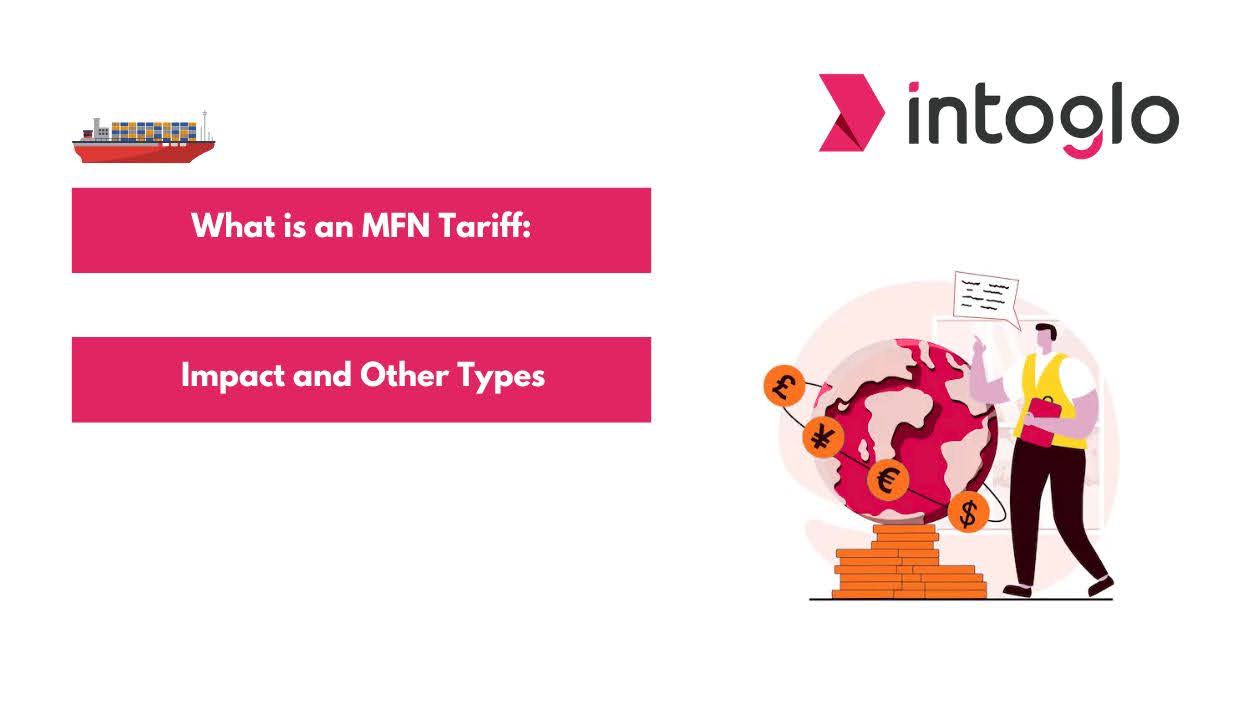
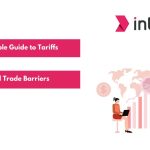
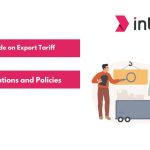
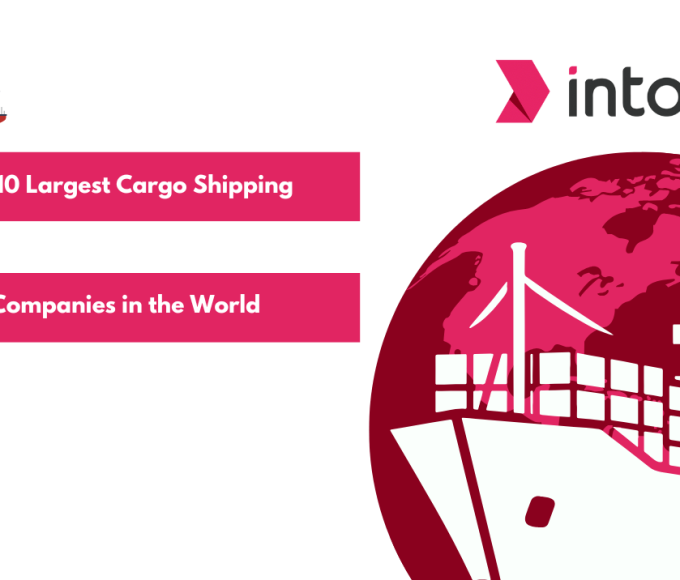
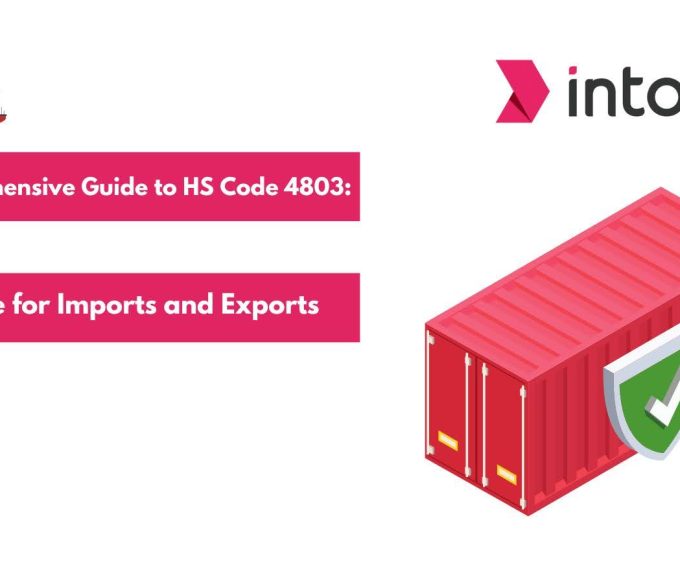
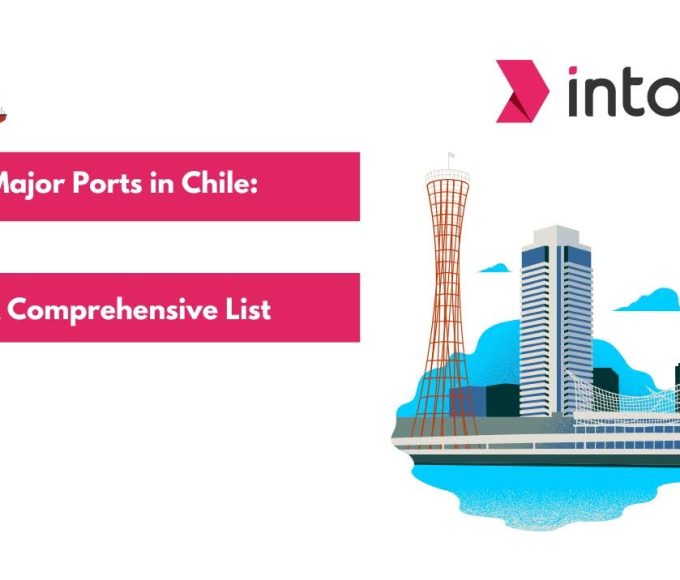

Leave a comment